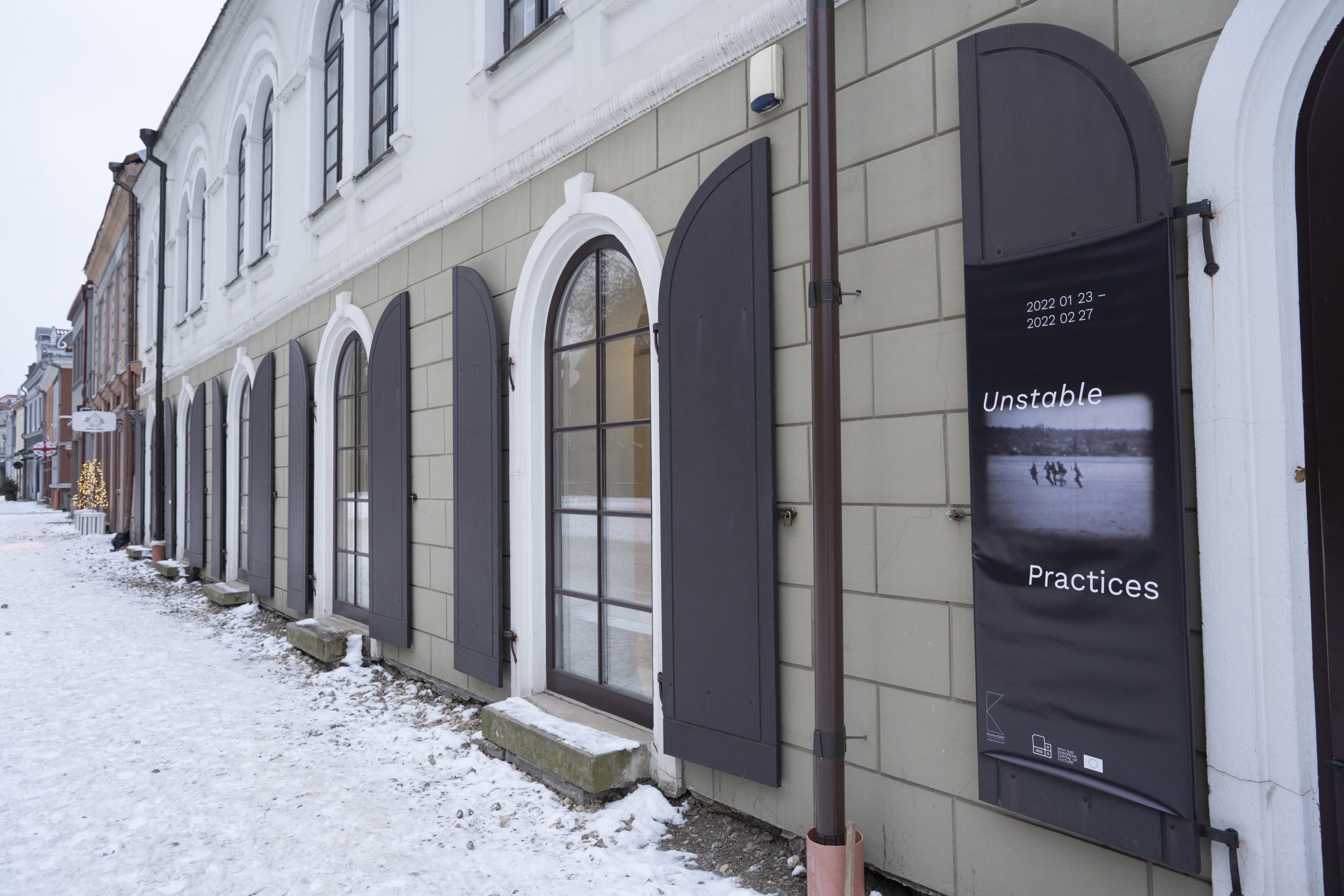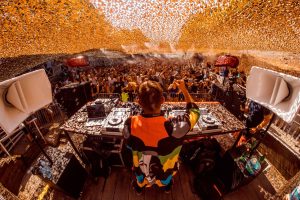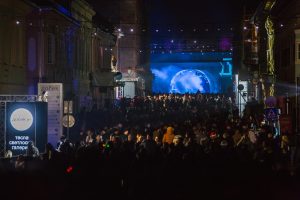Novi Sad became the European Capital of Culture on 13 January, and together with it, Lithuanian Kaunas and Luxembourgian Esch also carry this prestigious title in 2022.
The opening ceremony of ‘Kaunas – the European Capital of Culture’ was held on 22 January, and as part of the ceremony, as well as cooperation between the two European Capitals of Culture, the exhibition ‘Unstable practices’ was opened at Kaunas Photography Gallery, and the curatorial team consisted of Sanja Kojić Mladenov, Agne Narusyte, Zoran Pantelić and Gintaras Zinkevičius.
The exhibition presents examples of unstable and emancipatory art practices in Novi Sad, from neo-avant-garde to contemporary, media and postmedia art. Its starting point are the results of the project ‘Trajni čas umetnosti’, by the New Media Center_kuda.org, aimed at mapping the social and artistic history of Novi Sad, presenting a network of protagonists and references, artistic, social, and political theories and practices, which influenced the Novi Sad neo-avant-garde scene of the 60s and 70s.
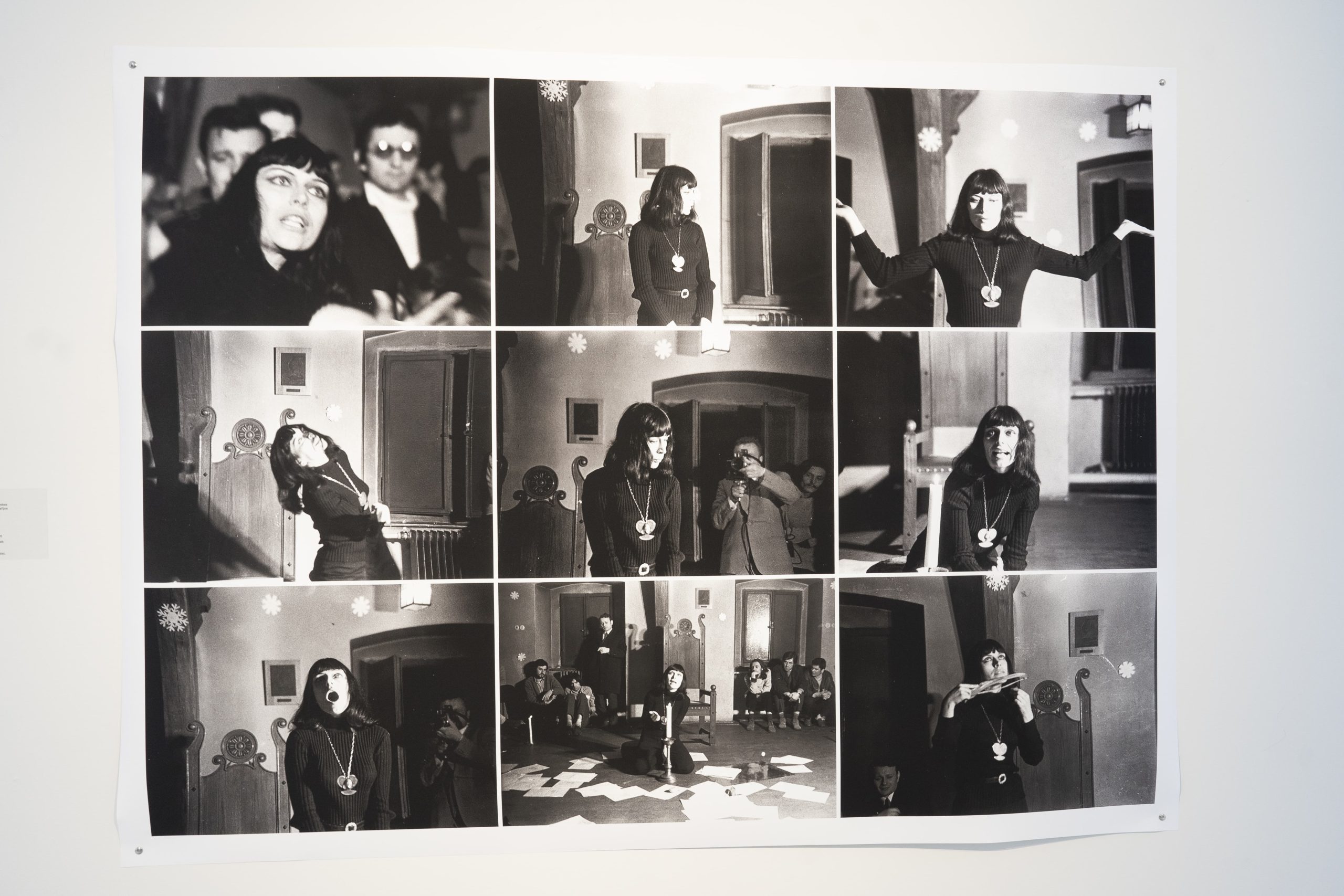
For these reasons, the central part of the exhibition is the ‘Media Ontologies’ map, as a key segment of the ‘Trajni čas umetnosti’ project, which presents research methodology of the project and covers historical avant-garde from the beginning of the 20th century, through post-war avant-garde, all the way to contemporary artistic media production.
Avant-garde processes, as initiators of artistic experiment, innovation, progressiveness, engagement, and freedom of artistic expression, marked the artistic and social history of Novi Sad. This raises the question of preserving values in the local environment, its visibility and connection with similar, important activities in regional and international cultural space, as well as their connection to contemporary media and post-media practices.
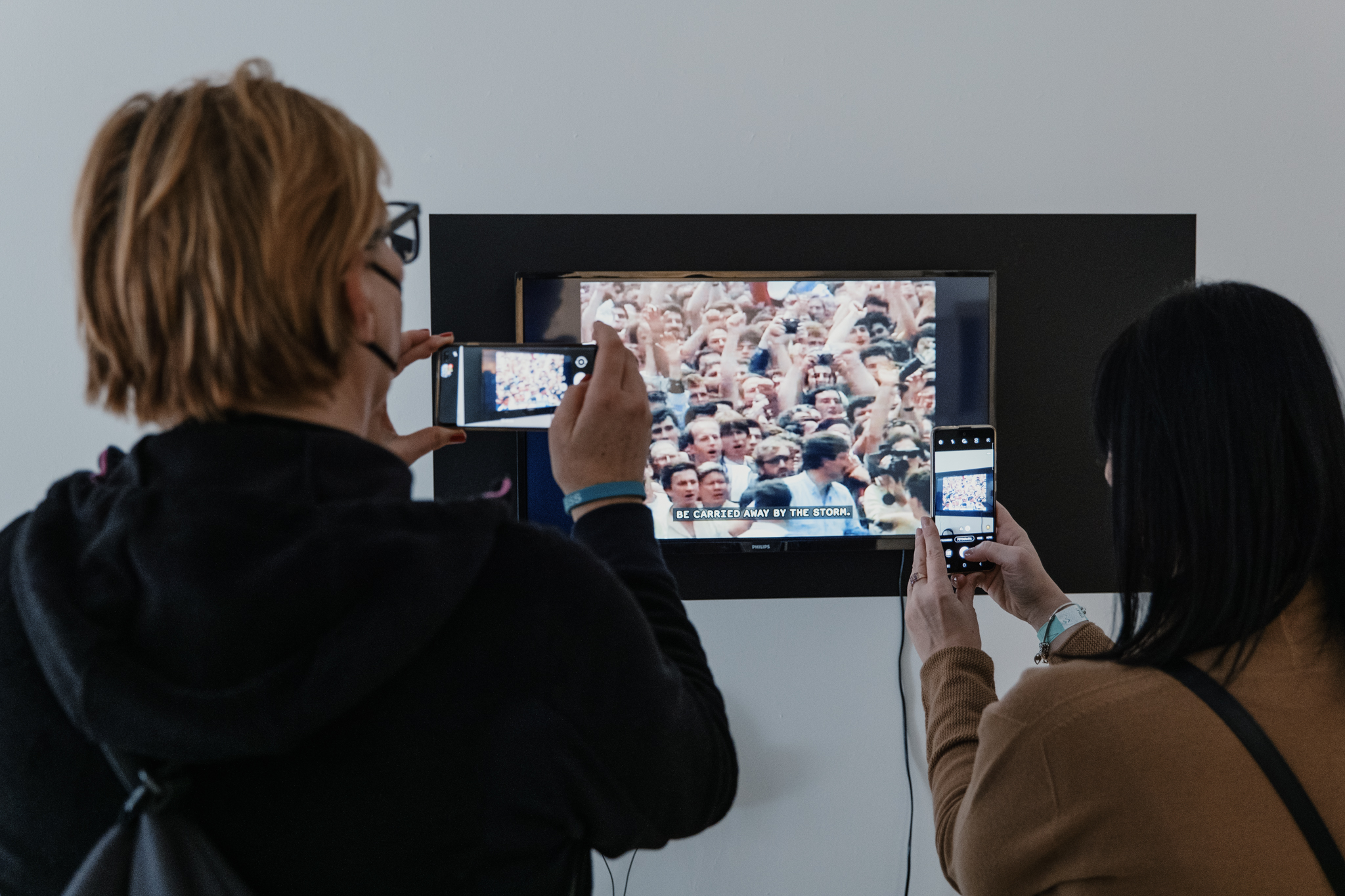
Through artists, photography, video and digital art and documentary structure of the Museum of the Contemporary Art of Vojvodina, New Media Center_kuda.org, the exhibition points to certain important figures, phenomena, and spaces for developing avant-garde, media and post-media Novi Sad practices. At the same time, it deals with questioning the influence of specific social context on the development of the art scene, the relationship between the institutions and social system and critical, unstable, and emancipatory concepts, the nature between private and public space, as well as how local, regional, and international music scenes are connected.
The project ‘Trajni čas umetnosti’ provides a contextual insight into the historical progressive and engaged artistic practices in Novi Sad and points to the complex social and political environment that significantly determined these practices, which primarily refers to the main economic and political upheavals in Yugoslavia. The content and works are taken from exhibitions produced and curated by the Museum of Contemporary Art of Vojvodina and New Media Center_kuda.org, Novi Sad. The exhibition will be open until 27 February.
The organisers behind the exhibition are ‘Kaunas – European Capital of Culture’, ‘Novi Sad – European Capital of Culture’, as well as Kaunas Photography Gallery.
The exhibition of the artist from Kaunas marked the opening of the European Capital of Culture in Novi Sad
The day before the opening ceremony of the European Capital of Culture in Novi Sad, on 12 January, the exhibition ‘People of My City’ by the Lithuanian photographer Ramune Pigagaite was opened at the SULUV Gallery. The artist, who is living and working in Germany at the moment, revives her childhood memories and her hometown Varėna, where she took photos of her fellow citizens and foreigners. According to art historian Agnė Narusytė, ‘the people of Varėna are like saints carved out of wood by masters of folk crafts, not letting go of their accessories, holding on to them as the representative of who they are as people. Were it not for these additions, it would not be possible to say who they were. Stories of their work, joys and sufferings would have been lost forever.’
The public could have seen the exhibition until 21 January at SULUV gallery.
The exhibition was realized within the Cooperation and Partnership Realizations Programme (Programa saradnje i partnerskih realizacija), the Association of Fine Artists of Vojvodina, ‘Novi Sad – European Capital of Culture’ Foundation, ‘Kaunas – European Capital of Culture’ Foundation and Kaunas Photography Gallery.

In addition to Novi Sad and Kaunas, Luxembourgian Esch also carries the title this year, and its grand opening is scheduled for 26 February.
Photo: Gintaras Česonis
